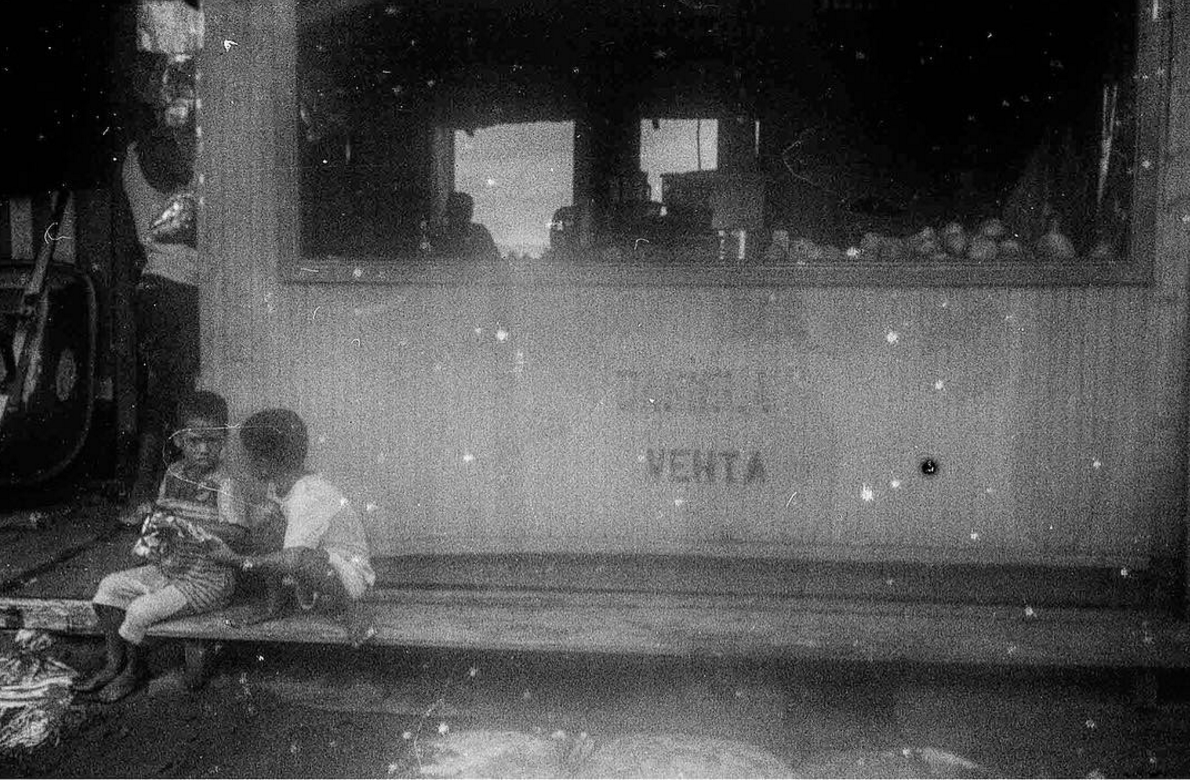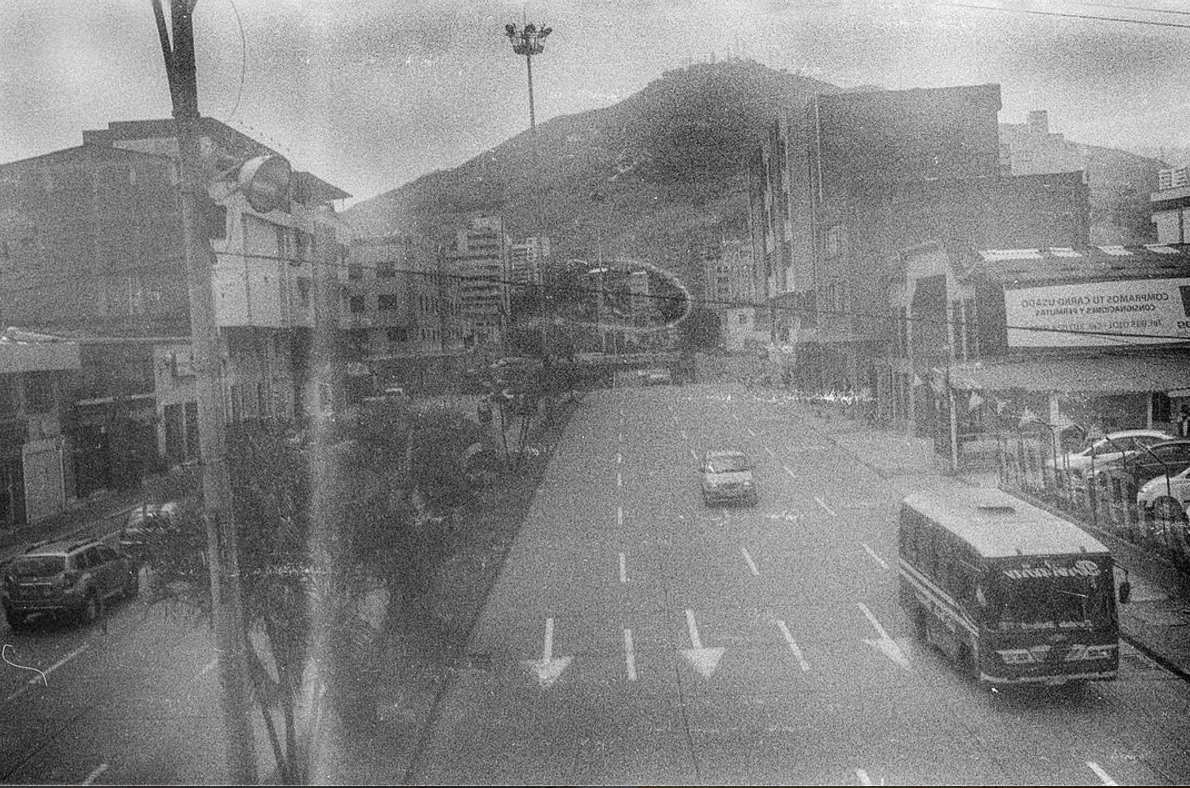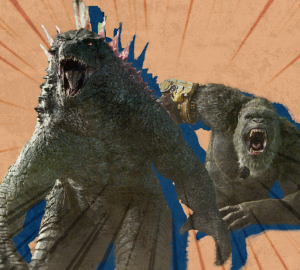By Jesse Pratt Lopez
If there’s one thing we’ve seen as a consistent trend over the centuries, especially in the art world, is that history inevitably repeats itself. Politically and economically speaking, this often ends up being detrimental because we don’t learn from our mistakes. However, artistically speaking, the repetition and reinvigoration of artistic trends is an important aspect of the art world. Although some artists do not always recognize this, no art is original. Art is a reinterpretation of past artworks, historical references and anything else that the artist is inspired by, re-contextualized through their own perspective.
One of my favorite art trends that is coming back, but never actually left, is film photography. As soon as digital photography was invented, many photographers abandoned the traditional photographic form for this new, more efficient, less costly and less time consuming medium for capturing moments. But in my opinion, completely adopting the digital medium does not come without its sacrifices. There is a reason that, although the majority of people do not work with film in the commercial and professional world, film and darkroom photography is still a required course in most photography courses. Although some see film as an obsolete medium, there are still many qualities that only exist in the world of film.

The technological advancements that have emerged in the digital world, such as Photoshop, Lightroom and other photographic software programs, have allowed photographers the ability to recreate these unique qualities that are found in film, such as grain, light leaks and crazy colors. However, there is a certain level of authenticity and mystery that you lose when you relinquish film as your photographic medium. Don’t get me wrong, it is nice having control over every single aspect of your work, and having confidence that your images will usually turn out the way you expect them in digital photography, but the deep level of tangible involvement, physical skill and room for experimentation in countless forms are reasons why I love film photography. While digital photography revolutionized the industry by making photography accessible to virtually everyone, film is special because it requires a certain level of commitment, both physical and artistic from the photographer, that is not necessarily required in every area of digital. The act of balancing a light meter, focusing a shot, composing it, shooting it, reeling the roll, developing it, enlarging in the dark room (or scanning it into a computer nowadays) is such an cathartic, involved and extensive process that one has to be truly passionate about the art form to continue to do with regularity.
I recently had to take some film to get developed in a short amount of time, and I was sad to find that there was only one place left in the city of Atlanta that could develop my film in under an hour, and it was in Dunwoody (I know. Who the heck is developing film in Dunwoody?). Although film is “coming back” in the realm of fine art and some documentary, it is not used commercially much, therefore there is no reason for businesses to keep developing labs open. It’s quite disconcerting that an art form as invaluable to popular culture and the art world alike still falls prey to the demands of capitalism.

The magic of film is not only the surprise factor of whether or not your photos will even come out or potential light leaks or other abnormalities in the film, but the sheer process of freezing a moment in time, and watching it come back to life in front of your very eyes, is something very special. Another thing that’s different about film is that you can’t over think any one shot too much because once you’ve taken it, you’ve taken it, and you won’t be able to see it until it’s developed. This does require one to be more meticulous and thought out before clicking the shutter, but since there is no instant gratification, it almost makes the process of capturing a moment more meaningful. It allows one to capture the moment, move on and continue to enjoy it, or try to explore different perspectives, and then relive that experience at a later date, once you has been able to fully process it. But with the instant satisfaction that digital photography allows for, you can drool over capturing a single image and get lost in trying to achieve this feat, instead of trying out every perspective.
With film, it’s also impossible to ignore the timeless and universal appeal that the aesthetic of film possesses. Almost everyone can find solace in the nostalgic nature of a grainy photograph. It reminds them of their past, it reminds them of simpler times, it reminds them of the familiar. So if we discontinue teaching film photography, future generations will be unable to connect with the past, unable to understand the true essence of photography as an art form, a science, a tool, a medium for expression, for documentation, for freezing time.
To me, film should continue to be used as long as humans continue to express themselves through art.
To see more of Lopez’ work, click here.


























